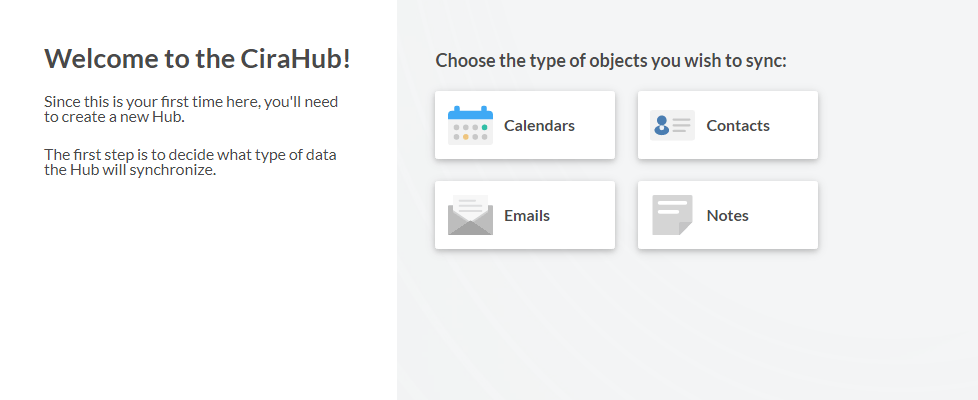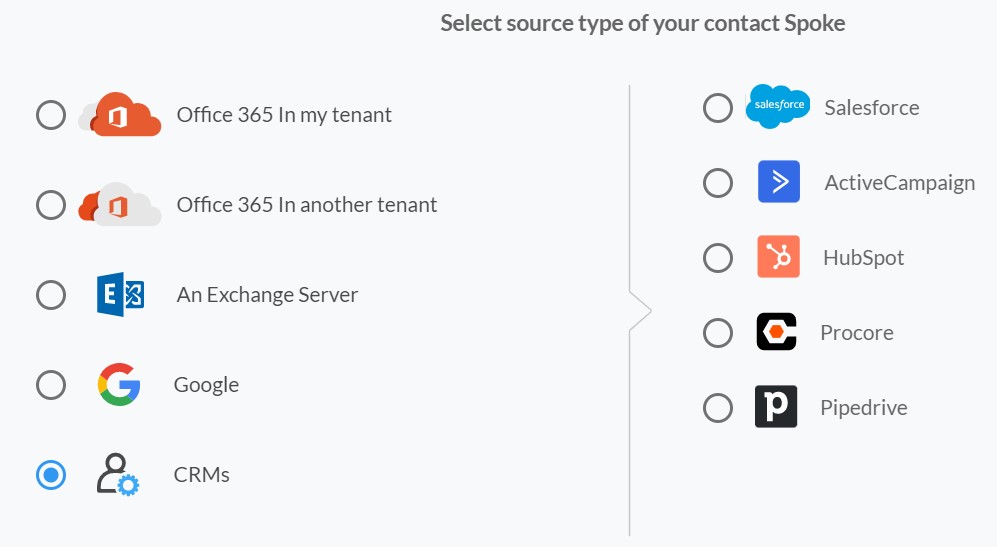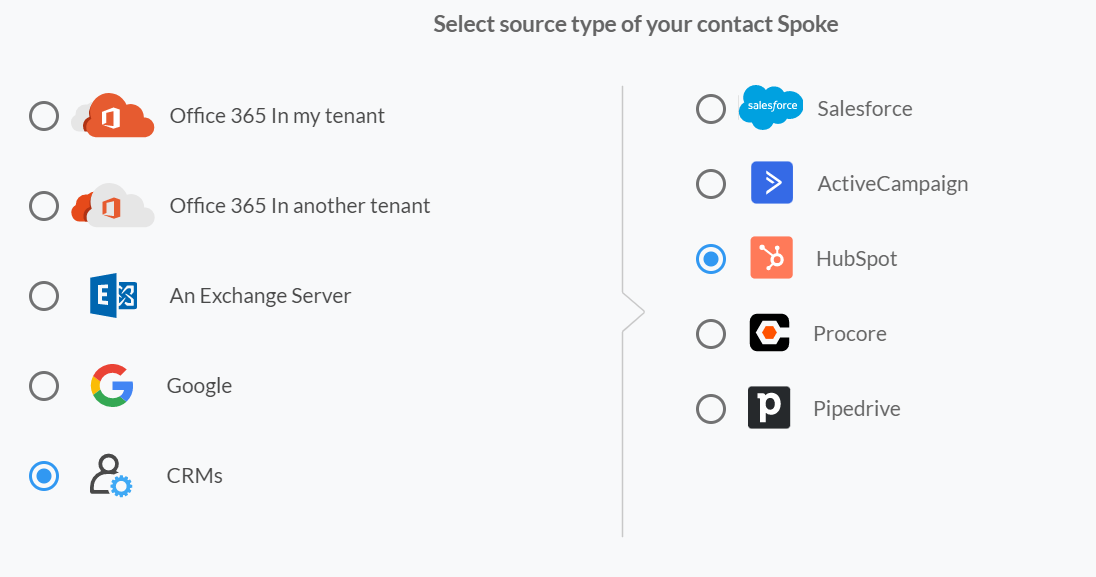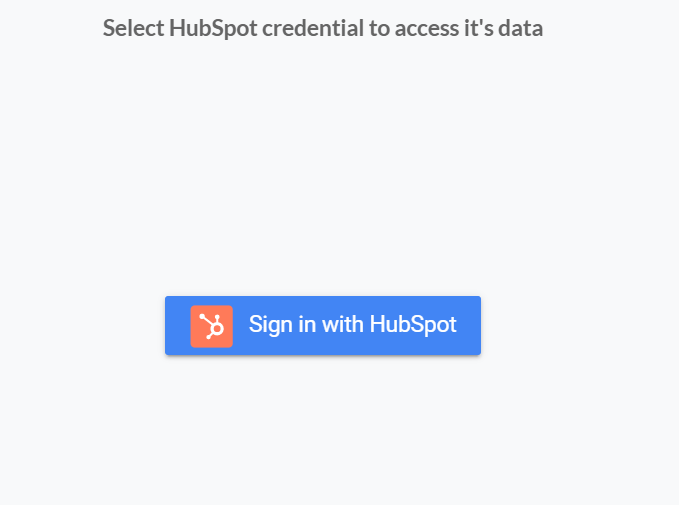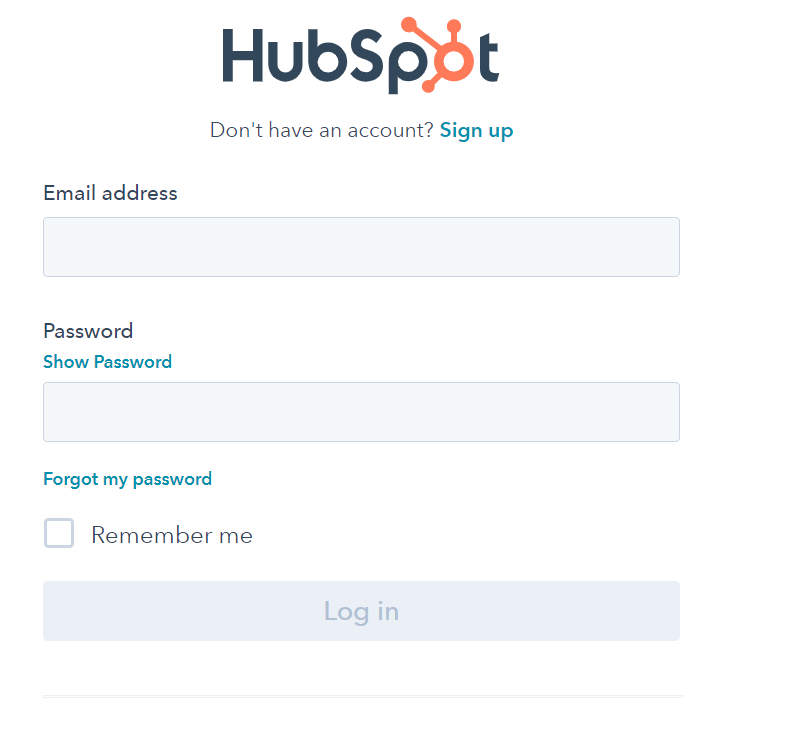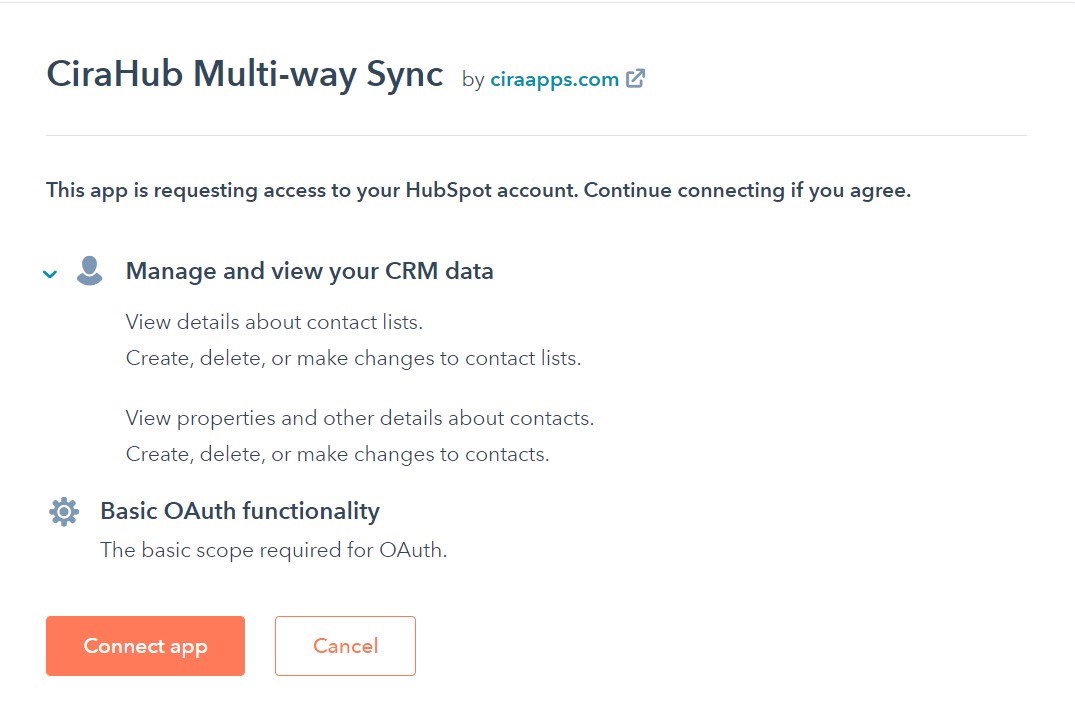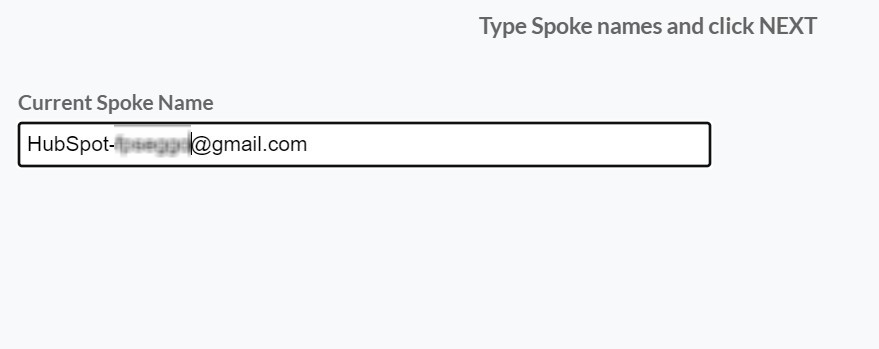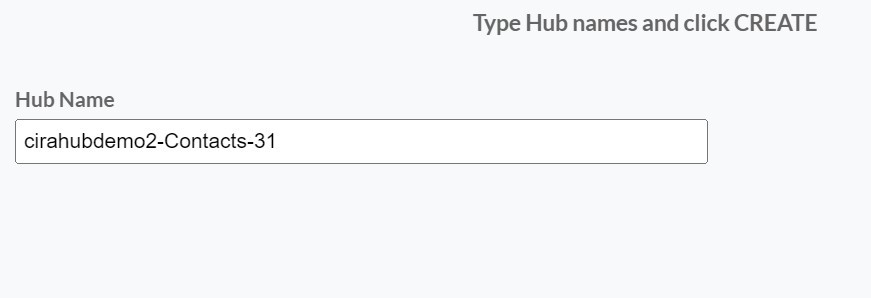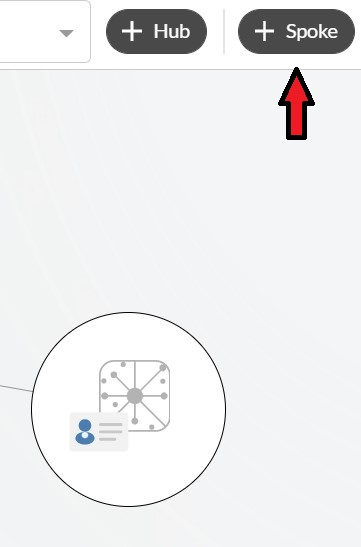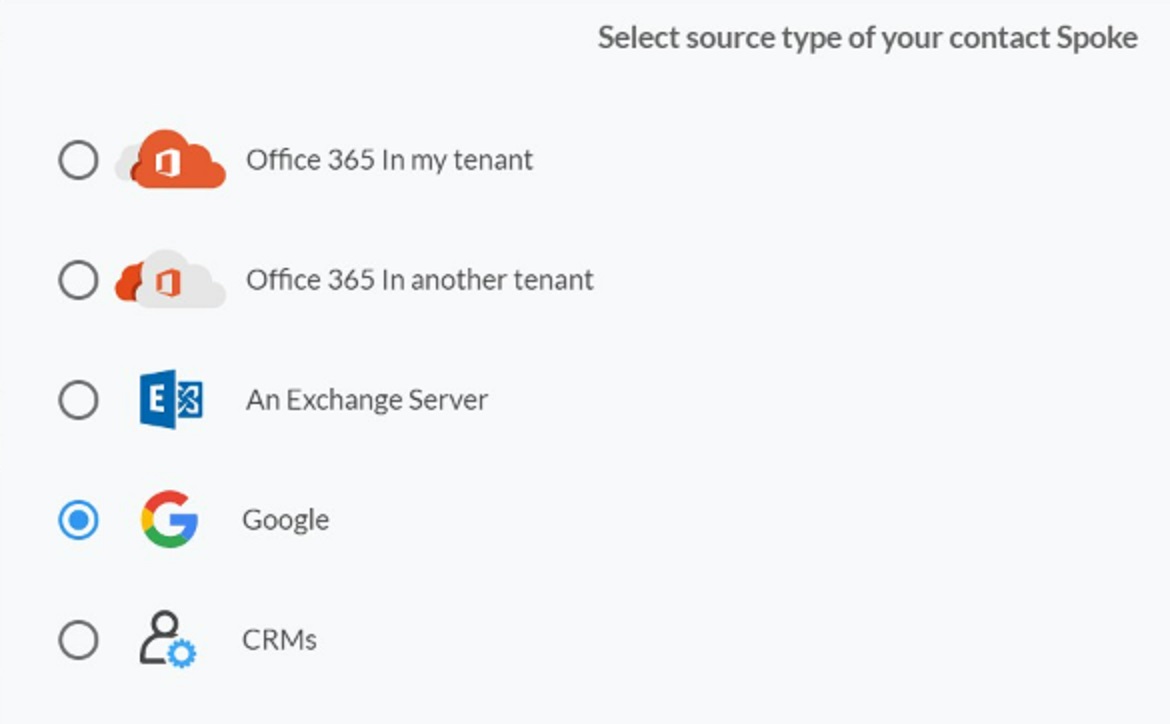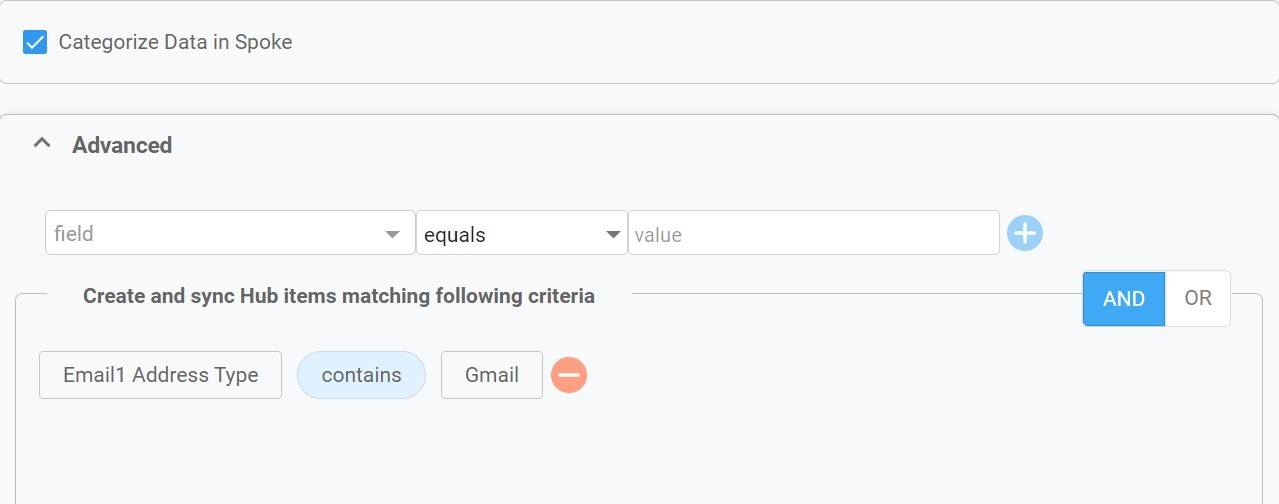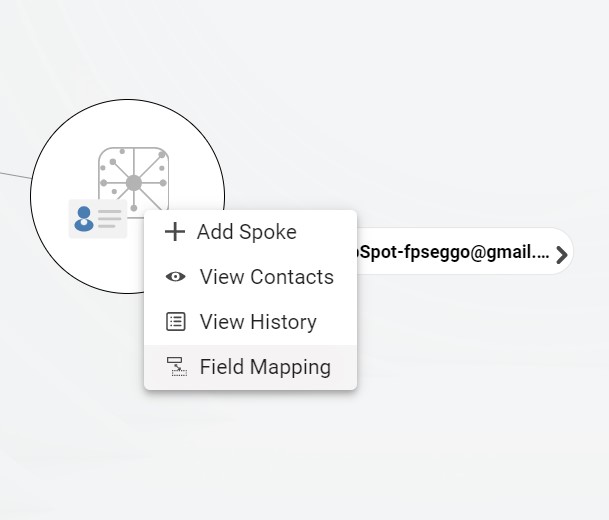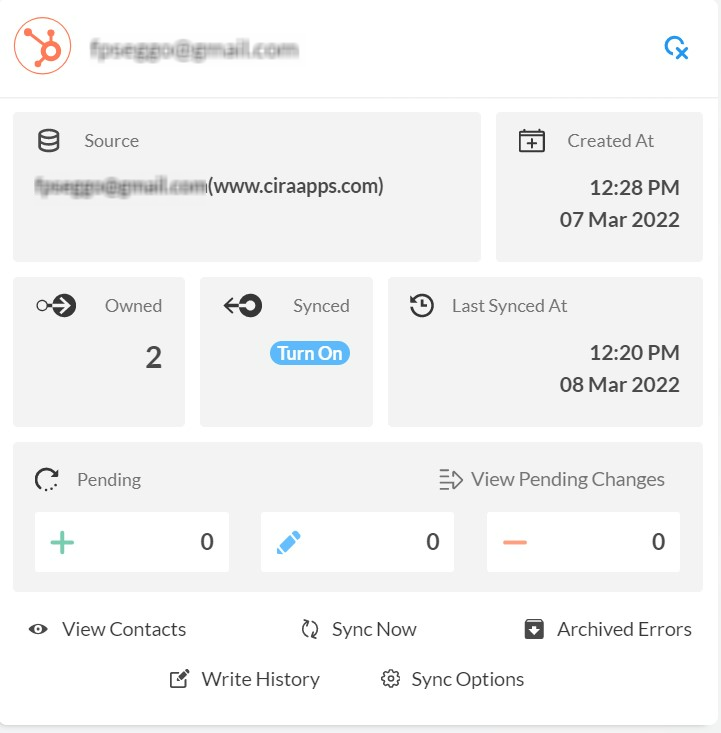Are you trying to find a solution to initiate a two-way contact sync in both directions between HubSpot and Google? In that case, you are in the right place. This article will explain how to sync your contacts in two directions between HubSpot and Google.
Your data will be up to date on both platforms if you two-way sync contacts. Updates made in one HubSpot will be automatically updated in Google. After following these steps, you will be able to access all of your contacts between Google and HubSpot.
Set Up a Two-Way Contact Sync Between HubSpot and Google
Create a Spoke for HubSpot
1. First, Log in to CiraHub. You will be taken to the onboarding wizard. (See figure below.) Next, select the object you want to Two-way CRM contact sync. In this example, the contacts object has been selected.
2. Next, start the Hub and Spoke setup. Click on “CRMs” as your source type for your contact spoke to sync Hubspot with Google. (The Hub contains all synced Contacts from each spoke; a spoke can be a Public Folder, a user mailbox, the GAL, or a CRM.)
3. Select “HubSpot” as the contact spoke type.‘
4. Click “Sign in” with HubSpot.
5. Sign in with your HubSpot Email and Password.
6. Click on the “Connect App” option to link CiraHub to your Hubspot account to two-way sync Hubspot contacts. This will give CiraHub access to your contacts lists and CRM data in Hubspot.
7. Type in a Spoke name and click next.
8. Type in a Hub name and click next.
Create a Spoke for Google
9. Select the option to add an Additional Spoke.
10. Select Google as your source type for your contact spoke.
11. Enter a Gmail username and password to access your data, or CLICK sign in with Google in order to access any existing Google accounts you have already saved. If you enter an email under “invite user,” it will allow you to access additional user mailboxes which you do not have control of. (You will not be able to add them as a spoke until the user grants permission).
12. After entering a Spoke name and clicking Create, users can two-way sync Google contacts in both directions with HubSpot.
13. Next, right-click your spoke, and select “Sync Options.” From there, you will be taken to a new window; click the box which says, “Allow Hub to create and sync items in this spoke.” This will enable 2-way synchronization between the Hub and your spoke.
14. Click on “Allow Hub” to create and sync items in this spoke. This will enable two-way synchronization from the endpoint to the hub database and back.
15. Click the Advanced tab to set up Contact filtering settings for Hubspot. This would enable a user to synchronize and create hub items based on specific criteria.
16. You can also enable Field Mapping to create customized Hub fields for data in HubSpot and CiraHub.
17. Click on “Sync now” to enable 2-way synchronization for the current spoke. You can also edit any synchronization options for each of your spokes below.
More About CiraHub!
CiraHub is a multi-way sync platform allowing users of Microsoft 365, Exchange Server, and other Microsoft Enterprise Apps to share contacts and calendars. Contacts may be two-way sync in both directions with CRMs like HubSpot and Google. Through CiraHub, users can exchange data with a large number of other applications. Click here to learn more about how you can start a CiraHub trial today!
